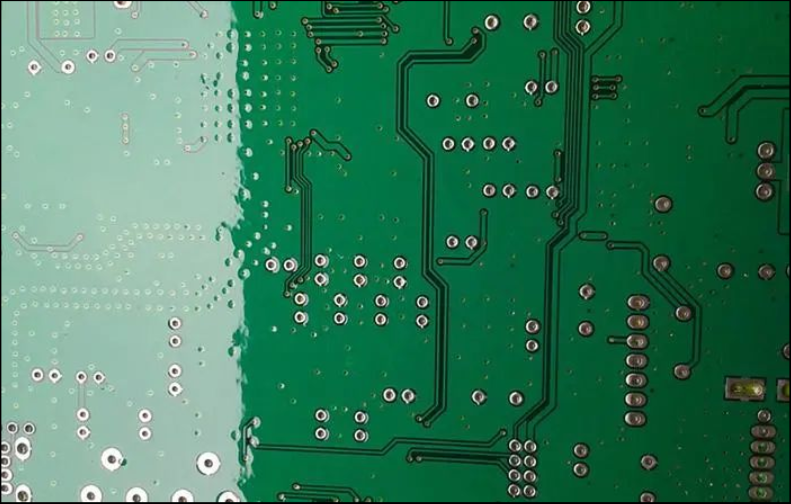

It is well known that the surface of some PCB products is very smooth, can reflect light, and is often more durable than general PCB products. So, how is this achieved? The answer is that manufacturers use a special coating called conformal coating. Today, let's look at how conformal coating makes PCB "shine brightly."
Conformal coating is a specially formulated coating designed to protect PCB and related equipment from environmental erosion. It has good resistance to high and low temperatures, and after curing, it forms a transparent protective film with superior insulation, moisture resistance, leakage prevention, shock resistance, dust resistance, corrosion resistance, aging resistance, and electrical shock resistance.
Conformal coating is applied to the surface of the circuit board, forming a protective film with three main functions: moisture resistance, smoke resistance, and mold resistance. In actual environments, such as those with chemicals, vibrations, high dust, salt fog, humidity, and high temperatures, PCB may suffer from corrosion, softening, deformation, and mold, leading to circuit board circuit failures. Applying conformal coating to the surface can significantly reduce the impact of these environments on PCB.
In addition, due to the special chemical properties of conformal coating, when applied to PCB, it makes them smooth and shiny, with an aesthetically pleasing appearance. Therefore, most manufacturers will equip a conformal coating workshop to meet customer demands for appearance. If you have requirements, Sanxis can also use conformal coating for your PCB products.
The next article will detail how to specifically use conformal coating.